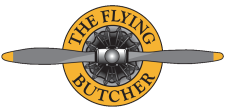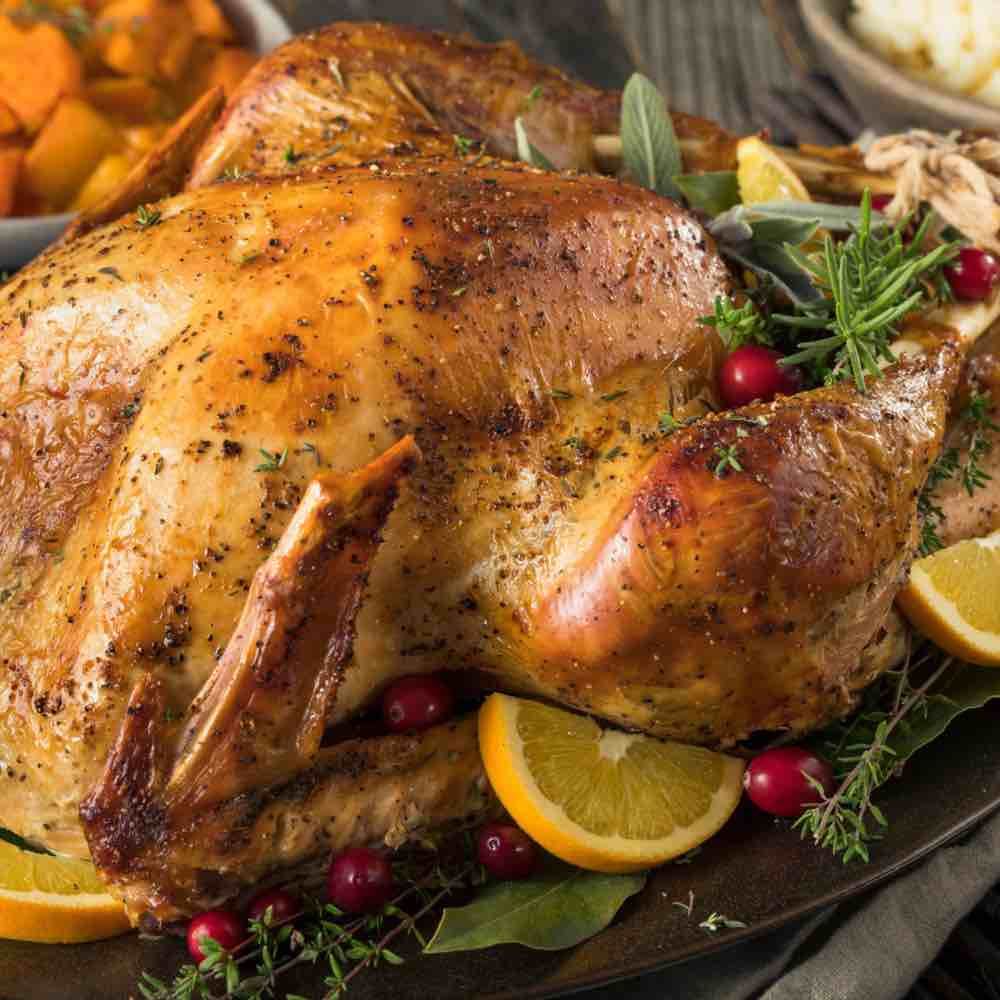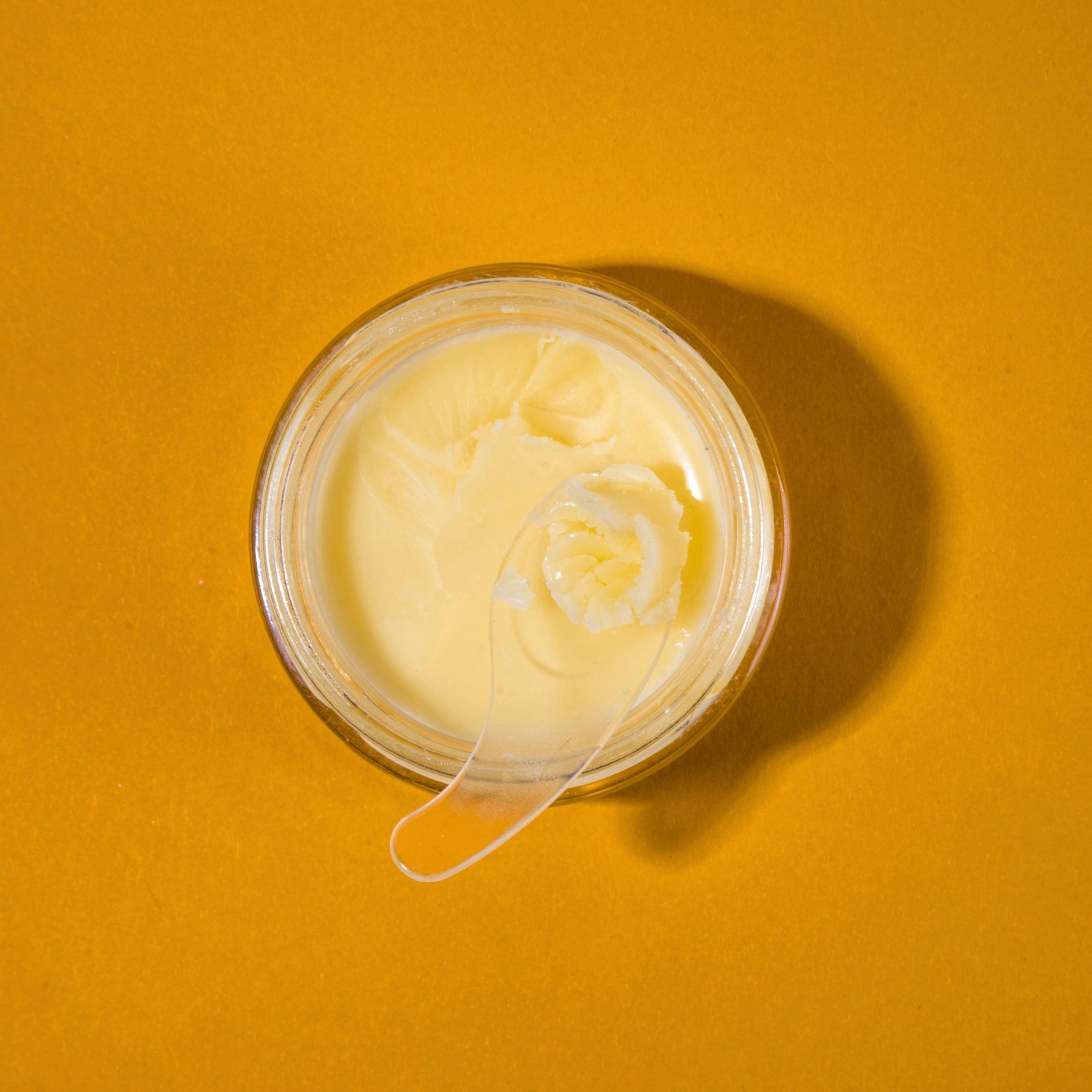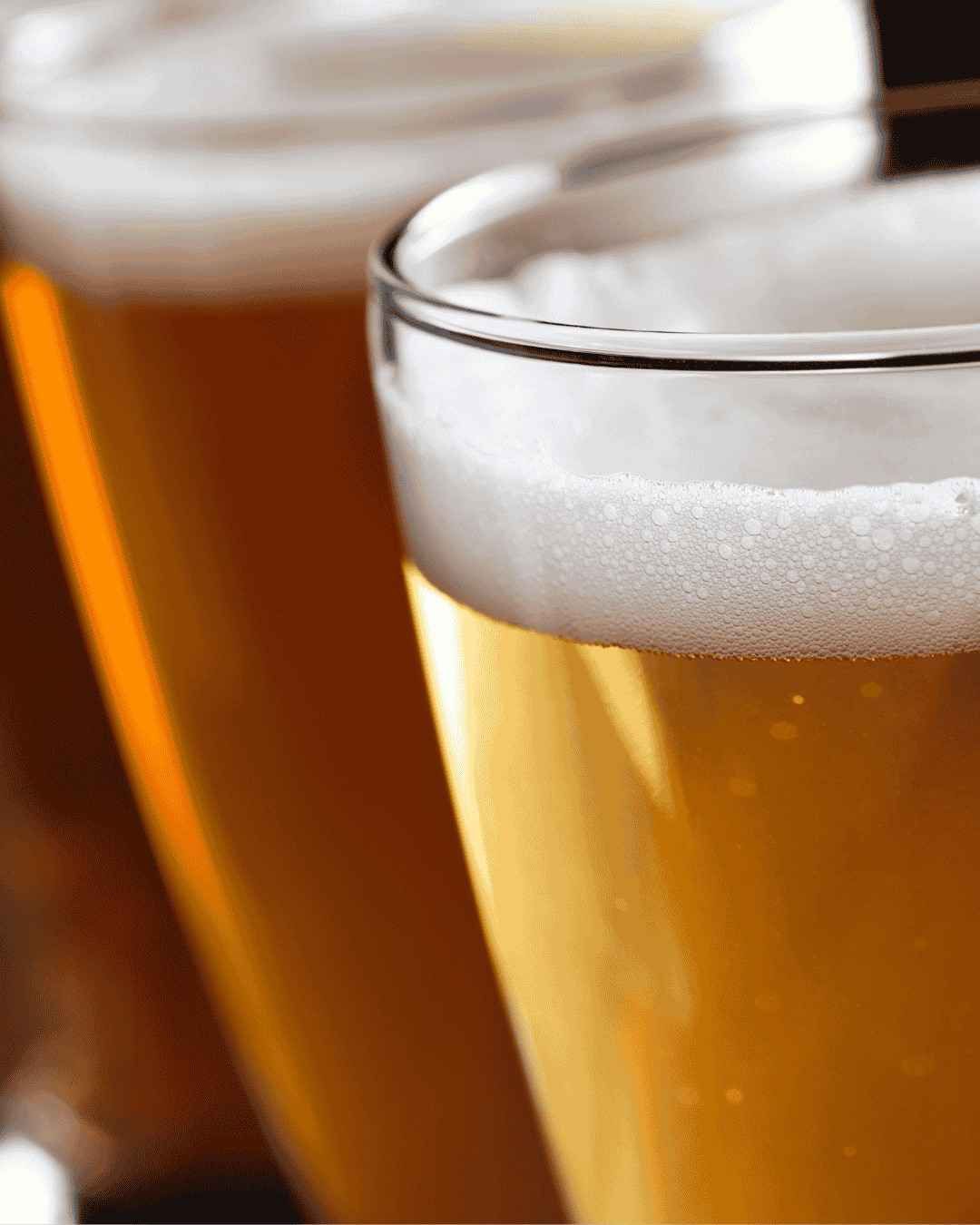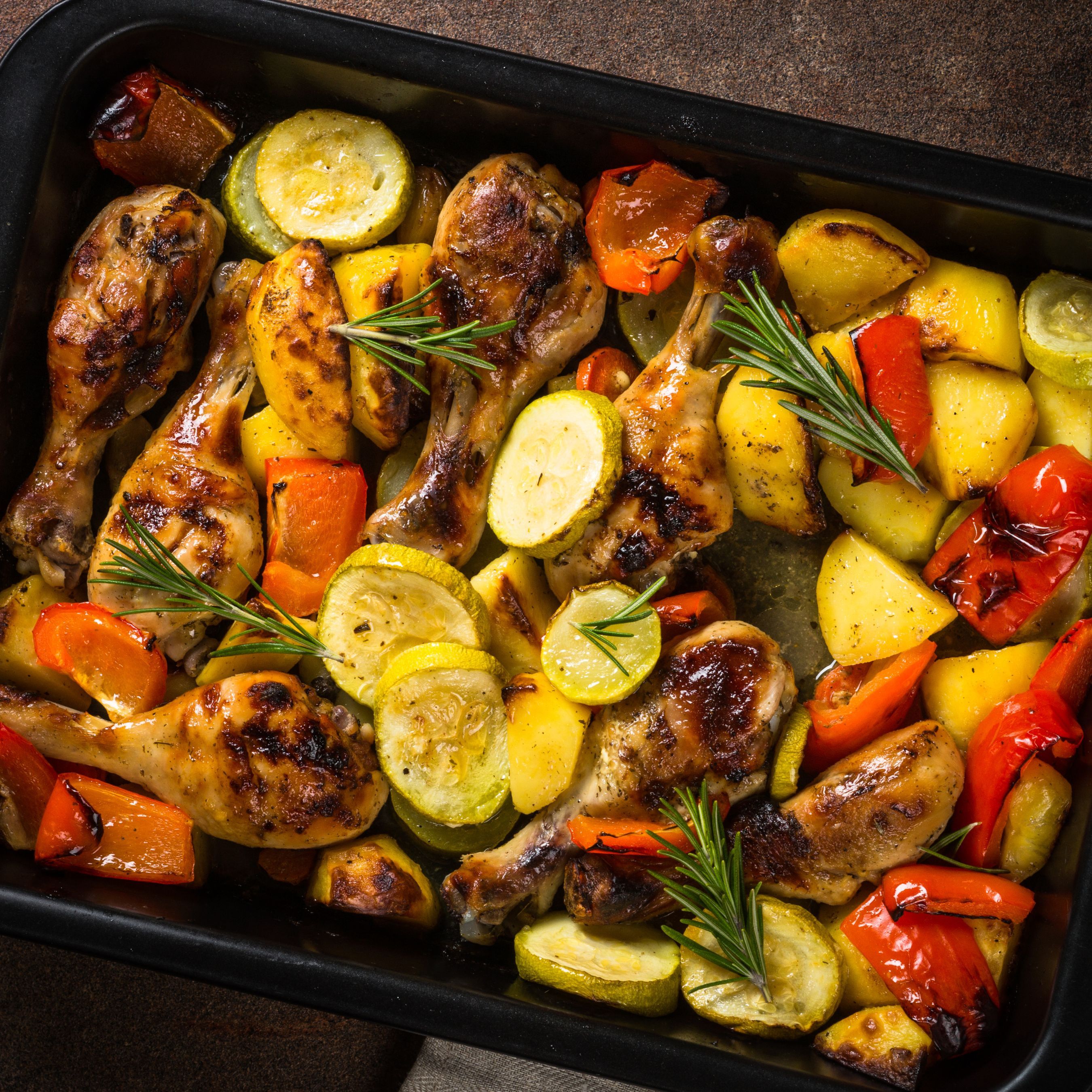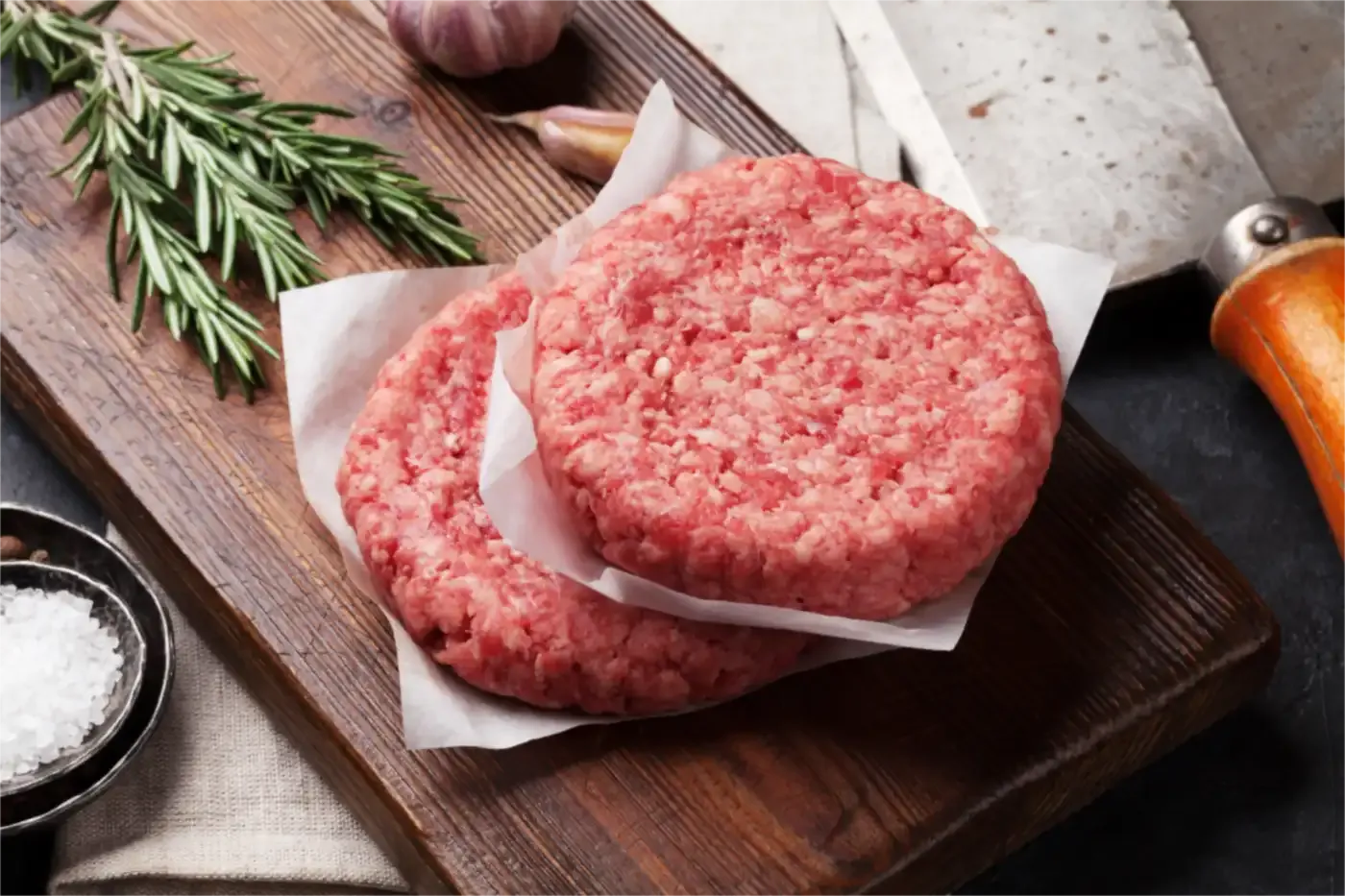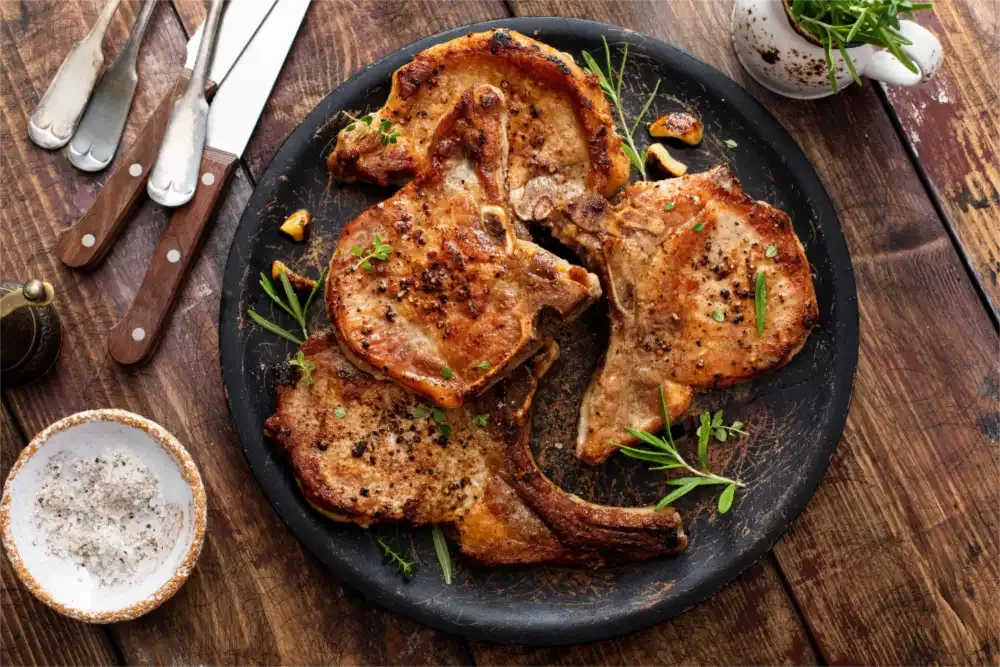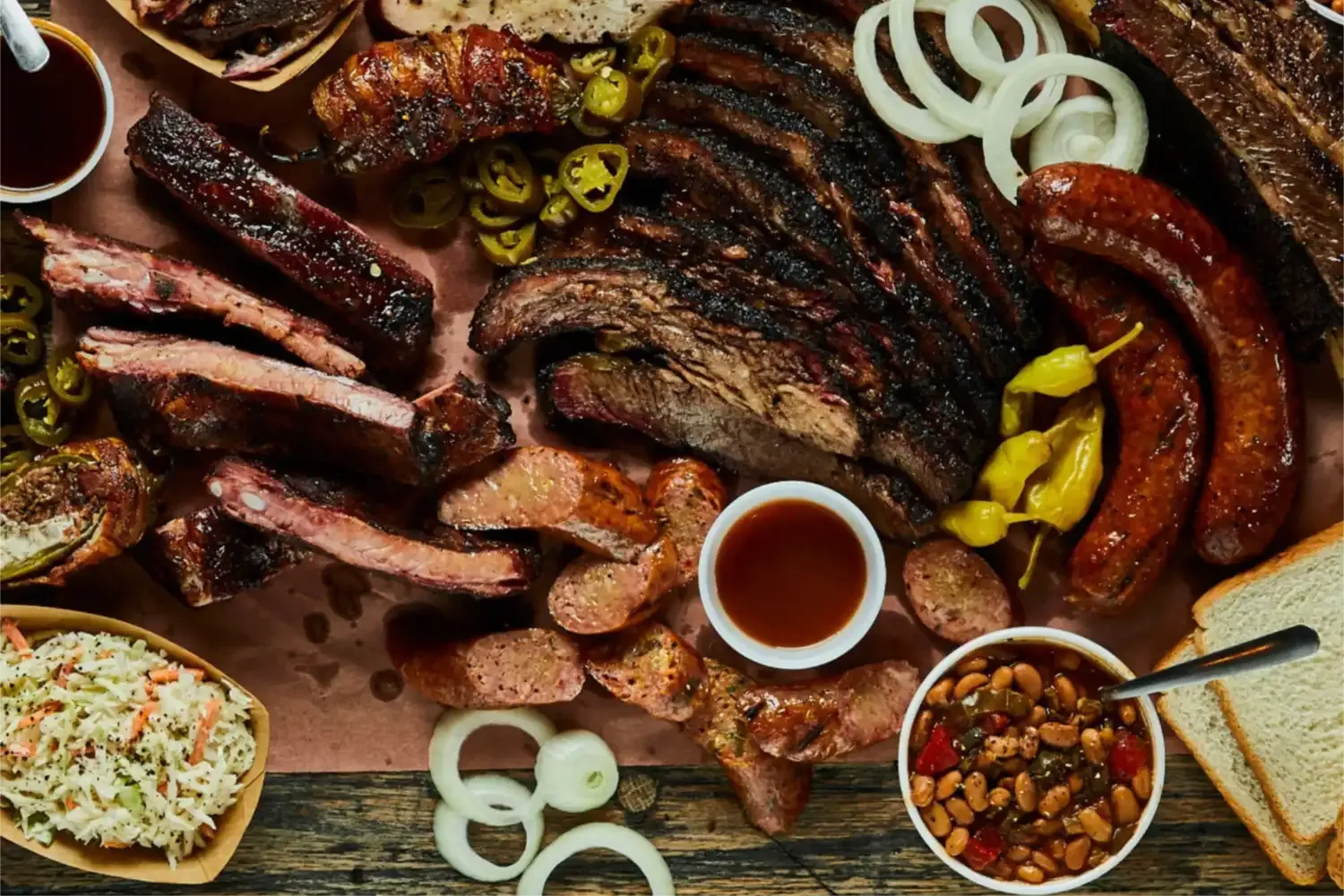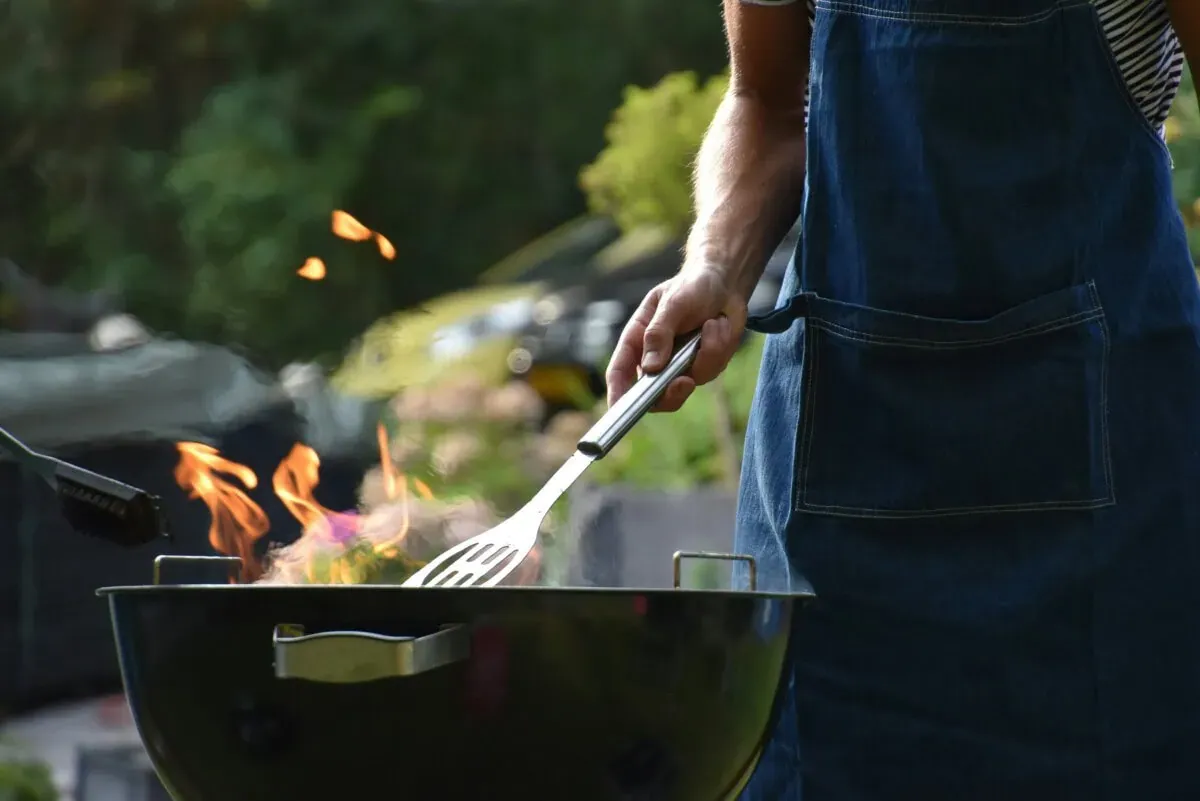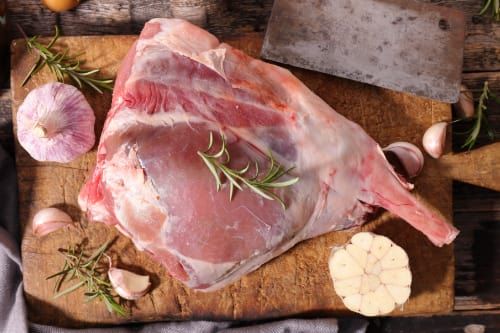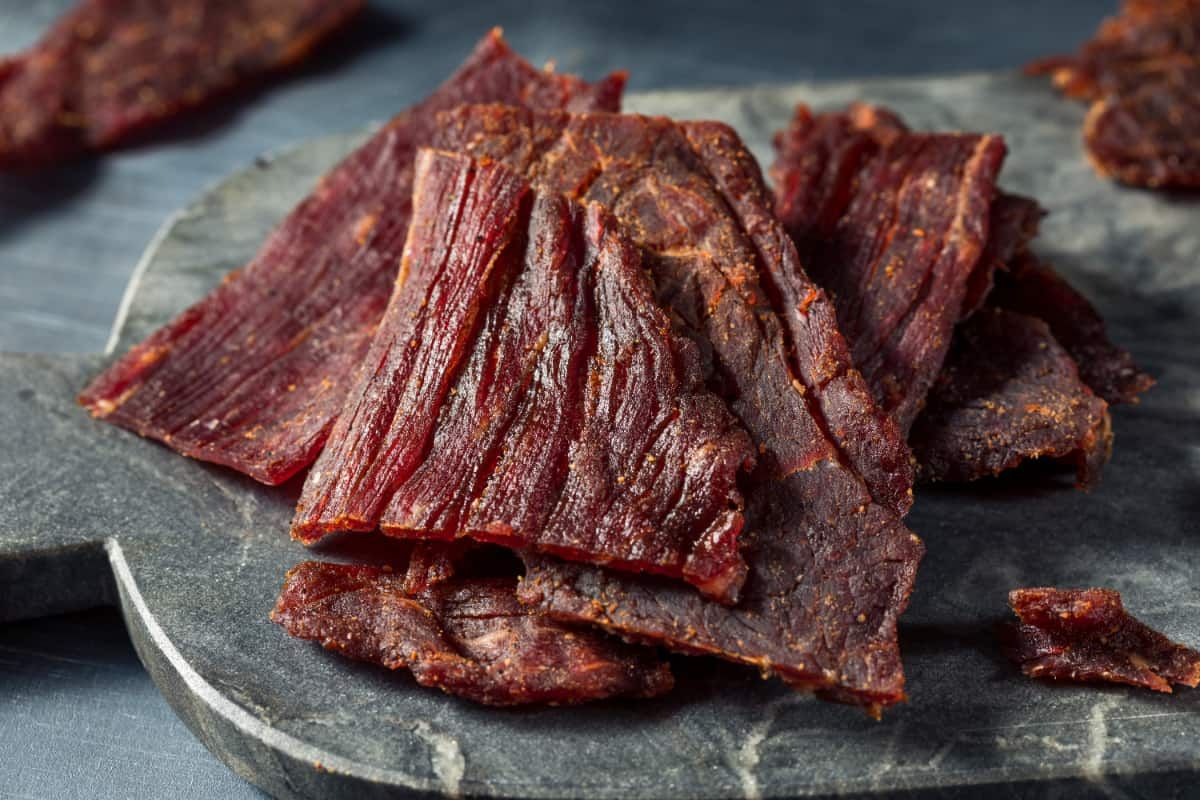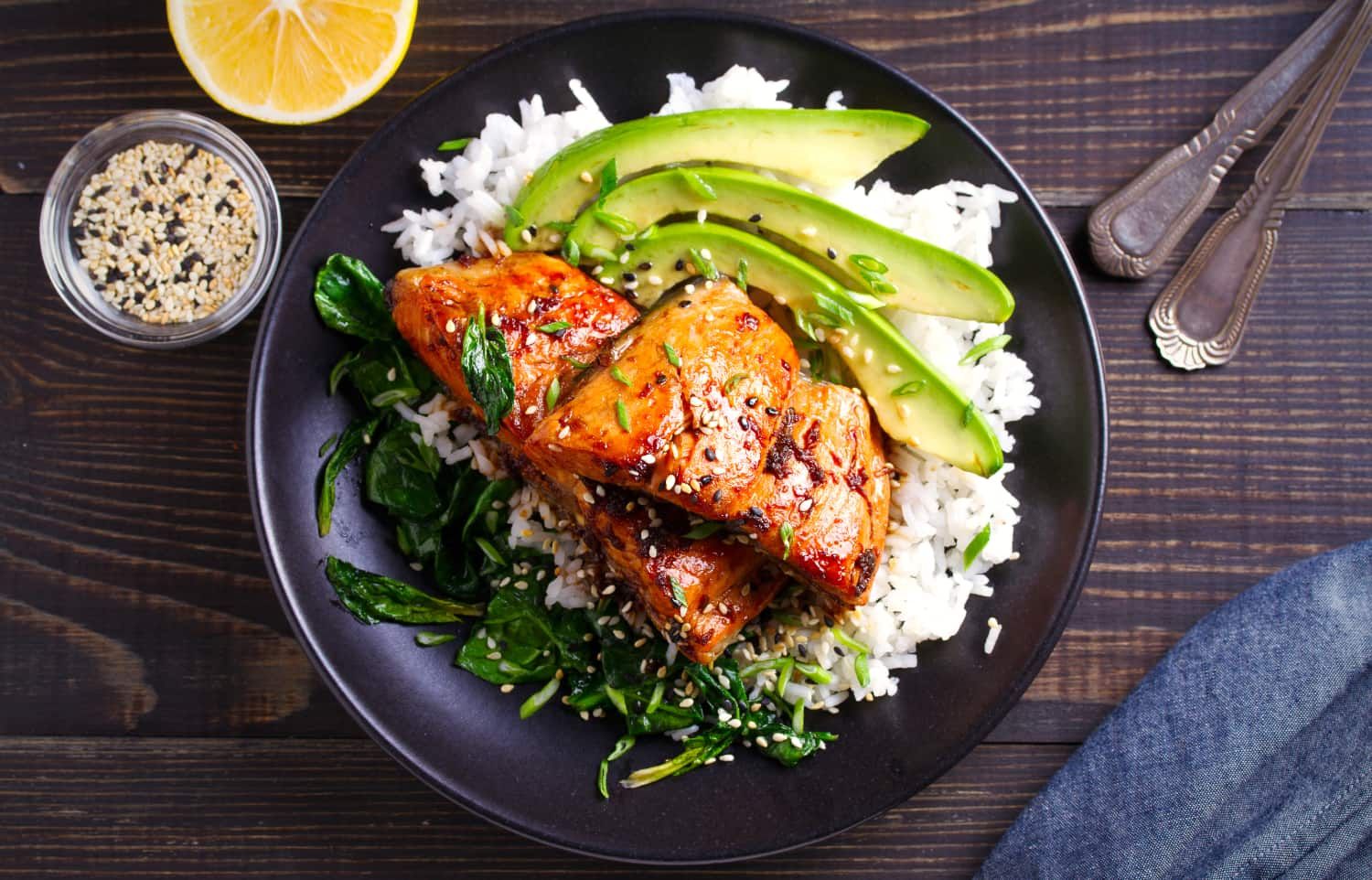Tips & Tricks
The Flavorful Advantage of Leaving Meat on the Bone
Leaving meat on the bone is a fantastic way to seal in the flavor of your meat. Whether you’re smoking beef ribs or grilling Korean cut short ribs, bone-in meat is often far superior.
If you value gourmet flavors and supreme texture, and juiciness, look for meat with the bone still in it. Esteemed chefs and grill masters often prefer bone-in meat for its mouth-watering flavor, soft texture, and versatility.
Whether you’re visiting a traditional Argentine steakhouse or a Texas BBQ, you’ll notice the best cuts have the bone in them. There are a lot of reasons why, including the umami and depth of flavor bone-in meat provides.
Let’s dive into the reasons why bone-in meat is supreme below. You’ll find inspiration to visit your local butcher and select the finest cuts with meat on the bone for your special meal.
The Flavor Advantage
Meat on the bone has a flavor advantage over boneless cuts of meat. If you’ve ever savored a rich, juicy porterhouse cooked to perfection, you’ll know immediately.
This is because the bone is more than just a calcified thing to grab onto. Meat connects to it via connective tissue that’s surrounded by fat. Inside the bone is savory marrow that’s either red or grey in color.
When you cook bone-in meat, the heat warms the fat and connective tissue. If the bones are broken, the umami-rich marrow will slowly drip, adding a rich layer of oils to proteins. When it all comes together, you’ll have a richer, softer, and more complex cut of meat.
Bones are also efficient conductors of heat. They absorb heat a lot slower than the dense proteins of muscles. The air spaces between them keep the meat connected to them cooler, resulting in more tender morsels around the bone. When the connective tissue, melted fat, and marrow combine, you’re experiencing a burst of flavor in every bite.
Extreme Juiciness
Besides being more flavorful, bone-in meat seals in the juiciness, especially in high-quality cuts. You’ll notice supreme texture and juices that pour out of every bite. The main reason for this is the bone’s insulating qualities.
As mentioned before, bones absorb heat more slowly than bare muscle. On the exposed parts of the meat, sugars and amino acids in the muscle form a crust when heated. This is a process called the Maillard reaction.
When the fats melt and mix with the juices, they pool up inside the meat, trapped by the bone and the crust. The inside of the cut connected to the bone heats more slowly than the outside. The heat is slowly distributed throughout the cut, preventing the juices from evaporating.
Try comparing a cut of bone-in ribeye to a boneless cut. Cook them both to perfection and let them sit for 5 to 10 minutes. As soon as you cut into them, you’ll see the difference.
Primal and Visually Stunning
Taste, texture, and juiceiness are important, but visuals are half the appeal. Bone-in meat keeps its shape and looks primally satisfying.
Imagine cutting into a delicious cowboy steak, as the fat and tender meat melts off the bone. Enjoy a feast for the senses by biting into juicy Korean short ribs seasoned with kimchi, sesame seed oil, and gochujang sauce.
When the juices overflow and the aroma hits you, you’ll be transported into a world of flavor. This is meat with presence. It’s rich, flavorful, juicy, and visually stunning.
You can find the best bone-in cuts at The Flying Butcher. Our team of meat experts will select the right cuts for you and leave the meat on the bone if you ask.
Top Tips for Cooking Bone-in Meats
Cooking bone-in meats is a treat for the senses. If you follow some basic guidelines and expert tips, you’ll be able to cook these quality cuts to perfection. Below are a few top tips for cooking meat on the bone the right way.
Grilling
When grilling bone-in cuts, such as pork ribs, beef ribs, shanks, and bone-in steaks, it’s important to cook them slowly. Use slow heat and prioritize smoky wood and coals to give your meat extra smoky flavor and umami.
Start preparing your cuts by patting them dry and seasoning them well. Let them get to room temperature before grilling.
Make a pile of coals and fire to one side to create extra heat, and leave a smaller pile on the other side. Place your cuts on the high heat side to create a sear. After the Maillard reaction creates the crust, move the cuts to the other side and cook them long and slow.
Cover the grill to create extra smokiness. Use a meat thermometer to check the temperature to ensure ideal doneness.
Slow-Braising
Slow-braising is a cooking technique that seals in the flavor and improves juiciness and texture. Start by visiting your local butcher and selecting the right cuts. Shanks, short ribs, chuck roast, and oxtails work magically.
Pat the cuts dry and season them well. Heat oil in a heavy pot or pan and sear the meat on each side. Look for a thick, brown crust to form around the cuts. Remove the meat from the pan and place it to the side.
In the pan, add aromatic onions, garlic, carrots, and celery and saute. Let the aromatic vegetables caramelize in the pan. Pour a mixture of wine, broth, or water into the pan to deglaze and scrape the bottom for the flavorful brown bits.
Place the meat back in the pot and fill with your favorite liquid and seasonings. Add herbs, spices, and seasonings to bring your favorite recipes and flavor combos to life. Cover with a lid and cook slowly. Cook beef for 3 to 4 hours, pork for 3 hours, and lamb for 2.5 to 3.5 hours until the meat falls off the bone.
Reverse Searing
Reverse searing is one of the best techniques for cooking steaks, cowboy steaks, pork chops, and ribeye. Start by selecting the finest thick cuts of meat.
Pat the cuts dry and season them well with salt, pepper, or your favorite dry rub from The Flying Butcher. Let them come to room temperature before cooking. Place the cuts in the oven preheated to 225°F to 250°F.
Cook the meat until the internal temperature is 10°F below your target doneness. For steaks, look for temperatures around 115°F.
Preheat your skillet and add a splash of butter and oil. Place the cuts on the skillet to sear them. Baste them with garlic butter to maximize the flavor of the crust.
The Beauty of Bone-in Culinary Traditions
Cooking meat on the bone goes back generations and is common in traditions around the globe. In the US, American BBQ ribs wouldn’t be the same without the slender bones to peel the meat from.
Italian osso buco gets its flavor from the wonderful bone marrow, fat, and connective tissue that melts off the bone. Korean galbi ribs achieve their tenderness and flavor with the insulating help of the bone. In Argentina, carne asada or short ribs melt off the bone and absorb the smoky umami from wood smoke.
No matter what culinary tradition you’re honoring in your cooking, we’ve got you covered at The Flying Butcher. Ask our team of meat experts for helpful cooking advice and help selecting the best bone-in cuts.
